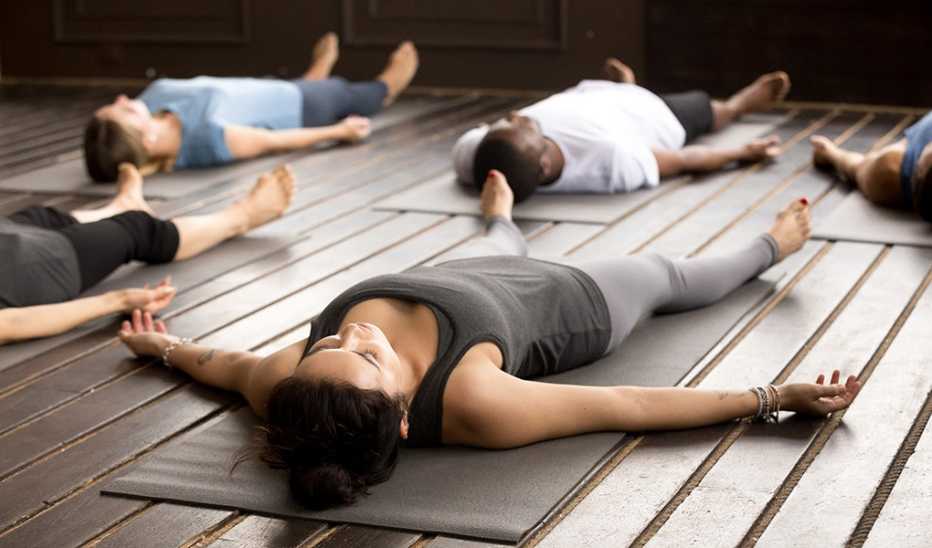Challenges


Quick Win
Tired of living in your head? Shift your focus to your body with this relaxing practice.
Try This Today
- Sit in a comfortable, upright position on a chair or on the floor. Close your eyes, or let your gaze fall to the floor about a foot in front of you.
- Take a few long, slow, deep breaths.
- Notice how your body feels. Feel the sensations of your hair touching the back of your neck, your back against the chair, your bottom pressing into the seat and your hands resting on your thighs.
- Move your attention to your shoulders. Are they tense or tight? Let them relax.
- Shift your focus to your arms. Move from your biceps to your forearms, from your wrists to your hands, then your fingers, releasing the tension as you go.
- Move your focus to your stomach. Is it tense or tight? Let it soften and relax.
- Continue your mental body scan through your legs, feet and toes. Keep breathing deeply, slowly and steadily.
- Once you’ve covered the length of your body, slowly open your eyes.
Why
This exercise is a beginner’s version of a body scan, one of the core components of Mindfulness-Based Stress Reduction. Like other forms of mindfulness practice, you focus on what’s happening in the present moment. Practicing mindfulness consistently has been linked to lower stress levels in many studies, including one of more than 2,100 people ages 18 to over 65, reported in 2021 in Frontiers in Psychology.











More From Staying Sharp
Fake Your Way to Happiness
Acting confident is key
Try Tai Chi for Balance and Well-Being
Harness the benefits of this low-impact, accessible form of exercise
The ABCDE of Becoming More Positive
Take these simple steps to change negative thinking